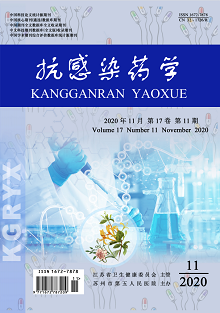NI Hui-yan, CHENG Jia, LI Ming, QI Xue-yong
Objective: To analyze the characteristics and regularity of adverse drug reaction (ADR) induced by oxiracetam injection, and to provide a reference for clinical rational drug use. Methods: 288 reports of adverse reactions caused by oracetam injection from January 1, 2015 to February 28, 2019 to Jiangsu Adverse Drug Reactions Monitoring Center were extracted. The gender and age distribution, previous and family history of ADR, disease distribution, type of ADR, involved system/organ and clinical manifestations, outcome and treatment measures, route and occurrence time of administration, combined medication and severe ADR of the patients were counted. The characteristics and correlation of ADR were analyzed. Results: Of the 288 cases of ADRs reported, 197 cases were of ADR general type, 86 were new and 5 were severe. Females (146 cases) were slightly higher than males (142 cases), with no significant difference in gender distribution. The ADR caused by oxiracetam occurred mostly in middle-aged and elderly people (93.36%), mainly people were between 35 and 60 years old. The ADRs involved systems/organs were mainly skin manifestations (60.07%, with rashes were the most common), followed by nervous system manifestations. Most of the ADRs occurred in a short period of time, and the most occurred during infusion (93 cases, 32.29%), followed by the most occurred on the day after infusion (43 cases, 14.93%). In the correlation evaluation, "likely" was the most (191 cases), followed by "very likely" (84 cases). In terms of disease distribution, patients with cerebrovascular diseases were the main ones. Conclusions: Although oxiracetam injection ADR is not common, the incidence of new severe ADR was not high, and most symptoms could be improved after symptomatic treatment, rational clinical use should be strengthened to monitor the occurrence of ADR, so as to ensure the safety and rationality of drug use in patients.
